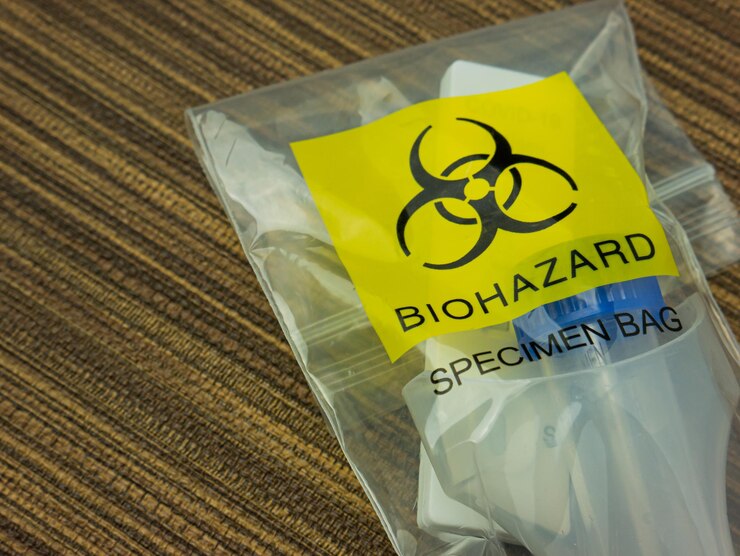Proper disposal of bio medical waste bags is a critical responsibility in healthcare facilities. Mishandling these bags doesn’t just risk contamination—it endangers patients, staff, and the environment. Despite strict regulations, many clinics and hospitals still make avoidable errors during disposal. In this blog, we’ll break down the top 5 mistakes to avoid when handling bio medical waste bags, and why using the right bio hazard bags and protocols can make all the difference.
Mistake 1: Using the Wrong Type of Bag
Not all waste bags are made the same. One of the most common errors is using general trash bags instead of certified biohazard waste bags for medical waste.
Why It’s a Problem:
- Regular trash bags can tear easily and aren’t labeled for medical use.
- They lack the necessary markings and durability required for infectious waste.
Solution:
Use color-coded, certified bio hazard bags that meet local healthcare and environmental standards. Typically, red or yellow bags are used based on the type of waste being disposed of.
Mistake 2: Overfilling the Bags
Stuffing too much waste into a single bag is a serious issue. Overfilled bags can rupture, exposing hazardous materials.
Why It’s a Problem:
- Increases the risk of needle-stick injuries and contamination.
- Makes transportation and handling dangerous.
Solution:
Follow the recommended fill levels for each bio medical waste bag. Most guidelines suggest sealing the bag once it’s 3/4 full to prevent spills and tears.
Mistake 3: Improper Sealing and Labeling
Sealing a biohazard waste bag without proper ties or labeling can lead to mishandling and misidentification during waste treatment.
Why It’s a Problem:
- Unsealed bags can leak during transport.
- Unlabeled bags create confusion at disposal facilities, risking cross-contamination.
Solution:
Always tie bags securely with zip ties or twist locks, and clearly label them with the type of waste, date, and department. Many bio hazard bags come with pre-printed labels for ease.
Mistake 4: Incorrect Segregation of Waste
Mixing different types of waste in the same bag is a frequent but dangerous mistake. For example, combining general trash, pharmaceuticals, and sharps in one bag.
Why It’s a Problem:
- Breaks healthcare compliance laws.
- Increases health and environmental risks.
Solution:
Train staff to properly segregate waste. Use dedicated bio medical waste bags and bins for different categories—sharps, infectious waste, pathological waste, etc.
Mistake 5: Ignoring Local Disposal Guidelines
Disposal rules vary by region, and not following local regulations can lead to heavy fines or shutdowns.
Why It’s a Problem:
- Legal non-compliance.
- Environmental pollution and public health hazards.
Solution:
Stay up to date with local bio waste disposal laws and train your staff accordingly. Partner with certified medical waste disposal providers who use compliant bio hazard bags and collection practices.
Final Thoughts: Do It Right, Every Time
Disposing of bio medical waste bags isn’t just a routine task—it’s a legal and ethical obligation. Whether you’re handling blood-soaked bandages, lab cultures, or sharps, proper practices are non-negotiable.
Using certified biohazard waste bags, following fill limits, sealing properly, and adhering to segregation protocols ensures that your facility remains safe, compliant, and responsible.
Let’s protect lives and the environment—one correctly disposed bio hazard bag at a time.
Need help sourcing certified bio medical or biohazard bags for your clinic or hospital?
Let us connect you with eco-friendly and regulation-compliant suppliers.

